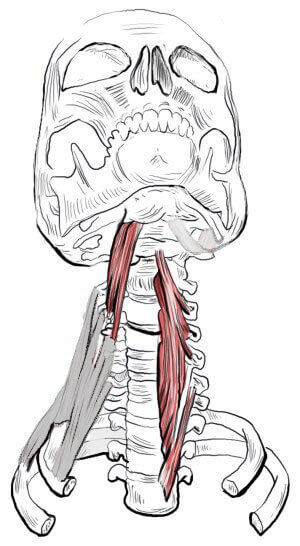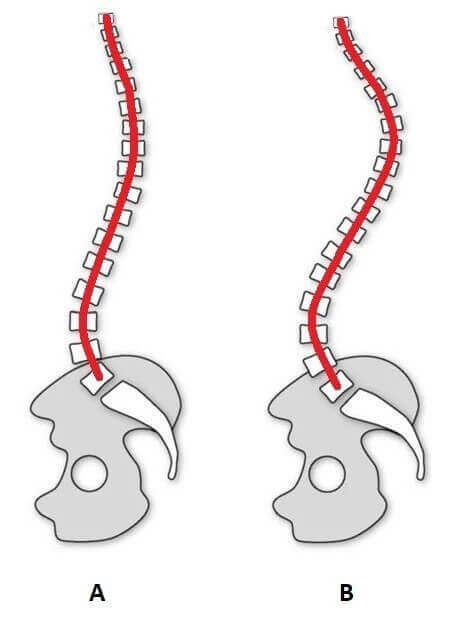It Was A Real Pain In The Neck! Exercises To Help Your Neck Pain!
Overview

As we’ve discussed in the last post, in the world we live in, with regular use of smartphones and computers, our necks are put under daily loads of several different kinds that sometimes may contribute to the onset of some symptoms.
The neck functionally allows us to move our head within a significant range of movement, so that we can see and interact with the world and environment we are in, at the same time we keep eyes in a straight line.
Muscle Control
While the neck allows all this range of movement, its muscles also have to be able to hold our head up, which is the most dense (meaning heaviest for its size) part of our body in a stable position, so that we can do things like see, hear, balance ourselves properly, constantly.
What are Deep Neck Flexors?
Even though this great control on the head posture is assured by different muscles, evidence (especially the work of Gwendolen Jull and colleagues) gives great importance to some very small muscles that are at the very front of the cervical (meaning, “in the neck”) spine, called the Deep Neck Flexors (Figure 1).
What is the functionality of Deep Neck Flexors?
They work as the “core muscles” of your cervical spine and stabilise it in a comfortable position without needing great amounts of effort to achieve so.

Several studies by G. Jull and colleagues have showed a correlation between chronic neck pain and improper activation of the deep neck flexors, as well as significant reduction of the their activity after Whiplash. Thus, the proper activation and rehab of this muscle group has to be a part of your neck pain comprehensive rehab.
Why to strengthen the Deep Neck Flexors?
One more thing that is generally present and related with neck pain, especially with the growing number of people with an office-based job, is a change in the posture of the spine, especially the thoracic (upper back) and cervical (neck) spines. If we look at the upper back it normally has a curvature, in the opposite orientation to the neck which curvature tends to arch back (Figure 2).
Neck Pain and Upper Back Stiffness
Working in front of a screen for hours every day tends to increase both these curvatures in the neck and upper back (Figure 2B), making them rigid and fixed in this posture, leading to a reduction in our range of movement. If we lose range of movement, we lose the ability to regularly hold the neck and head in the optimal angle and to use it through the optimal range of movement where the deep neck flexors work and, as a consequence, they stop firing as they should, becoming gradually inactive.So, as important as it is to activate/strengthen the Deep Neck Flexors, it is also important to make sure our thoracic and cervical spines are free and mobile.
So, what exercises can I do to help my neck pain?
For a video of these and more exercises, which may help you in a more comprehensive way, please have a look at our Facebook/instagram page, as we’ve just recently published these:References:
- Jull, G et al (2008), Whiplash, Headache and Neck Pain, Churchill Livingstone, ISNB: 9780443100475
- Gray’s Anatomy (2008), The Anatomical Basis of Clinical Practice (40th ed.), Churchill-Livingstone, Elsevier, ISBN 978-0-443-06684-9
- Todd C, et al (2015), Comparison of radiological spino-pelvic sagittal parameters in skiers and non-athletes, Journal of Orthopaedic Surgery and Research (2015) 10:162
